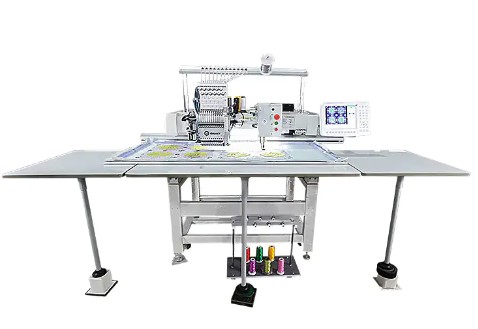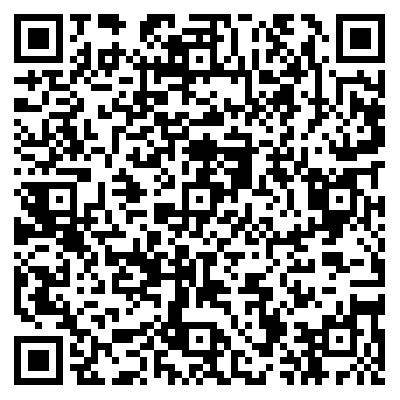A flat and chenille mixed function embroidery machine is a specialized type of embroidery machine that combines the capability to create flat embroidery designs with the ability to produce chenille embroidery. Here are some characteristics of a flat and chenille mixed function embroidery machine:
-
Flat Embroidery Function: The machine is capable of creating traditional flat embroidery designs. It can stitch intricate patterns, lettering, logos, and other decorative elements onto various fabrics and garments.
-
Chenille Embroidery Function: The machine also incorporates chenille embroidery capability. Chenille embroidery involves using looped or tufted yarns to create a raised, textured effect. It is commonly used for creating 3D designs, monograms, appliques, and textured accents.
-
Mixed Function Capability: A notable characteristic of this machine is the ability to switch between flat embroidery and chenille embroidery functions, offering versatility in design options and applications. The machine may have separate embroidery heads or attachments for each function.

-
Multiple Needle Positions: The embroidery machine typically features multiple needle positions, allowing for precise stitching and intricate detailing. This enables the creation of complex designs and intricate patterns.
-
Thread Color Variation: The machine allows for the use of multiple thread colors simultaneously, enabling vibrant and colorful embroidery designs. This characteristic is particularly useful when creating detailed and multicolored designs.
-
Digitization Compatibility: Flat and chenille mixed function embroidery machines are compatible with digitized embroidery designs. These designs can be created using specialized software and then loaded onto the machine for execution. Digitization allows for precise control over stitch types, density, and other design parameters.
-
Hooping System: The machine may incorporate a hooping system that securely holds the fabric or garment in place during the embroidery process. This ensures accurate alignment and prevents shifting or puckering of the material.
-
LCD Screen and Controls: The embroidery machine is equipped with an LCD screen and user-friendly controls for easy operation and design selection. The screen provides visual feedback on design details, stitch count, thread colors, and other relevant information.
-
Frame Sizes and Design Area: The machine may offer different frame sizes and embroidery areas to accommodate various project requirements. This allows for flexibility when working with different garment sizes or embroidery placements.
-
Automation and Precision: Some flat and chenille mixed function embroidery machines incorporate automation features, such as automatic thread trimming, color change, and precise stitch placement. These features help enhance productivity and ensure consistent and high-quality embroidery results.

 English
English Español
Español عربى
عربى


